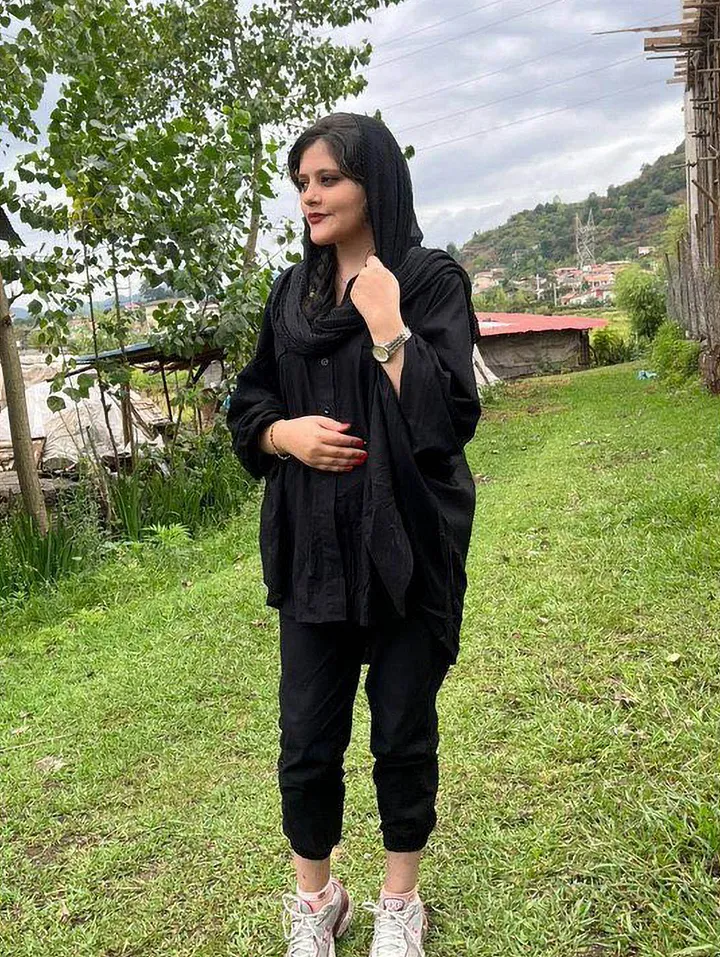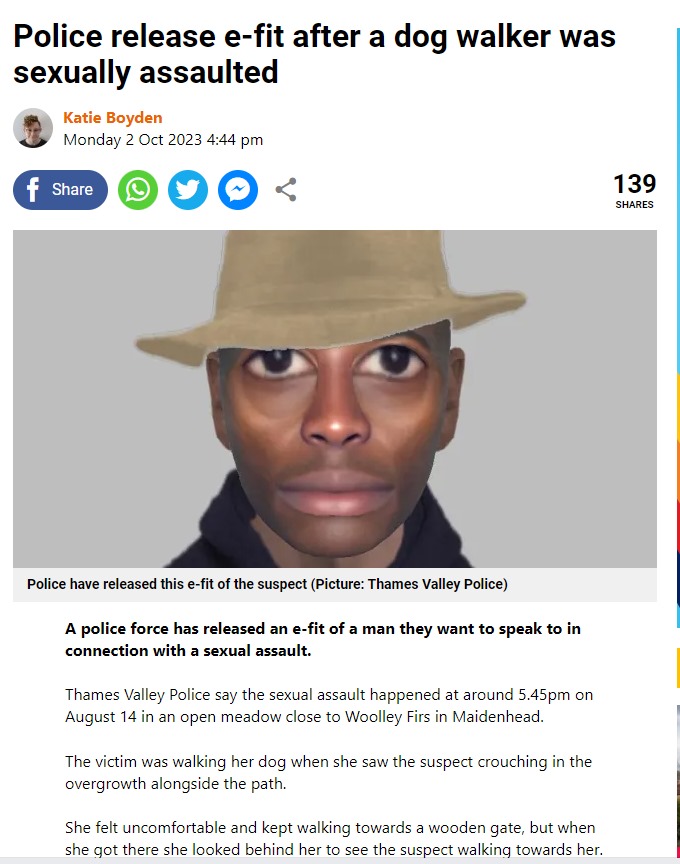How Tabloids And Celebrities Worked Together To Defend Women’s Rights In Iran
It has been one of the defining stories of the year.
How the death of a young woman after she was held by Iran’s morality police ignited a worldwide outrage that threatened the brutal state’s grip on power.
Mahsa Amini, 22, in an undated photo. She died after the country’s morality police reportedly beat her into a coma.

It didn’t come from one of the household name roster of international news agencies like Reuters, AP or AFP. Nor was it from a dashing, heroic TV correspondent or a celebrated foreign correspondent from a national newspaper.
It broke because an agency — our agency, in fact — keeps a Farsi speaker on staff who knows her way around the official and highly unofficial sources in the Islamic Republic. From there it was back to a small team of writers, editors, subs, and video and picture editors, and then out into the world on our very well-read feed.
At first a small, local story about the cruel death of a young woman who fell foul of Iran’s hijab laws, it then snowballed into an international cry of fury sweeping up in its path Washington, Hollywood and even Hogwarts. When people think of news agencies, they probably have something like Reuters or Associated Press in mind.
But these are only the most obvious examples of the profession that, in the UK at least, actually ranges from one-man operations through to editorial teams larger than many national newspapers. Many are a loose alliance of photographers and writers, who come together under a single brand to sell news. And the only way to sell news is to be first, to be best and to get it right.
Mahsa Amini, 22, in another undated photo.

If I had to list one factor that defines the sort of people that are prepared to work seven days a week with no guarantee of any money at the end of it, and working hours that even a junior doctor would balk at, it would be this: News agencies are the last refuge for people who care about news, and don’t want to be told how to do it.
More than anything, this essential characteristic means news agencies should be the future, building brands that can serve everything from globe-spanning media conglomerates to small hyper-local ventures. In our case, our business model couldn’t be more direct or open.
We use tabloid news to generate revenue and to teach our staff to write news in a way that people want to read it. The revenue this generates then pays for quality news and investigations. And tabloid media, of course, also deals with serious issues but puts them in a readable form. The rights of women, children or animals, are often championed first in shocking tabloid tales.
Mahsa Amini, 22, poses in another undated photo.
On Friday, 16th September, the tragic story of Mahsa Amini was a classic example of a story we managed to get on the world’s news radar simply because we have a feed that everybody in Fleet Street watches.

The young Kurdish woman was beaten to death in Iran for not wearing a hijab as ordered by the ultra-Islamic state. She’d been seized by Iran’s morality police and taken for a ‘correction’ lesson that left her brain dead with a fractured skull.
The story was identified on Instagram by our correspondent, who submitted it to one of our commissioning editors on Wednesday. It was rejected because there was not enough independent verification, and so she worked on it overnight to get more information and resubmitted it the next day.
It was accepted on Thursday, and then further checks were carried out, and by Friday it was sent when we were confident it was correct. We cover stories like this because they need to be covered, even though we often have little expectation of making much penetration with them. It could have been dismissed as just another brutal beating in a country where state cruelty and violence are par for the course. But on this occasion — even though the funeral of the Queen was filling newspapers from front to back — something special happened. The story took off in the Sun, Mirror and Telegraph and then worked its way all around the world.
Mahsa Amini, 22, poses in another undated photo.
It also moved on to social media, when Harry Potter author J. K. Rowling started tweeting about it, followed quickly by Hollywood legend Sharon Stone. Then came tech giant Elon Musk who revealed he was to provide the internet to Iran’s much repressed ordinary people via his Starlink satellite.

Our correspondent who filed it and put the effort into getting the information to stand it up is also an Iranian woman that has experienced the same abuse as others. She said: “Religious belief should be a personal choice as it has been throughout history, including the entire era of Islam. It is unbelievable that it has been turned into a politcial and security issue in the name of defending that belief.
“Yes, we put this one terrible story on the international agenda, but it was just one of many examples where so many Iranian women, including myself, have suffered. I am glad that finally, now, people are starting to hear the voices of Iranian women, and to see how the world has responded in support of women who are risking their lives for what should be a basic human right.”
This story is far from over, and press coverage providing the oxygen of publicity is all we can do to help them. We have and will continue filing stories on the issue, and have added the fact that Iran had started using an elite female fighting force to infiltrate and roundup female ringleaders, with an interview in which the female commander pointed out that it was inappropriate for male colleague to carry out the arrests.
Mahsa Amini, 22, lies in hospital bed after the country’s morality police reportedly beat her into a coma.

We also highlighted how Iraninan woman journalists who had reported on the story locally had been jailed.
But this story is also one extreme example of how important news agencies can be, and although we are larger than most, even one-man operations, thathave earned the right to file directly into the editorial queues of our partners alongside staff journalists and correspondents, have enormous power and influence.
But as we grow smaller and fewer in number, many of our partners have forgotten this, and requests for payment are not even dealt with by desks any more, they are dealt with by complaints officers or accounts staff who seem to have little understanding of how we work.
There are literally dozens of ways that news agencies could fund their operations that don’t bring into doubt their credibility. Year after year journalism is listed as the worst job in the world, and the reason for writing this article is that it should be the best. This is not the first story like this we have done, and it will not be the last.
The point of this article is that we need to start a dialogue about exactly what is news and how we consume it, and in order to do that, even the forgotten parts like the hundreds of tiny UK news agencies that provide a large percentage of the raw material to the media giants should not be forgotten.




